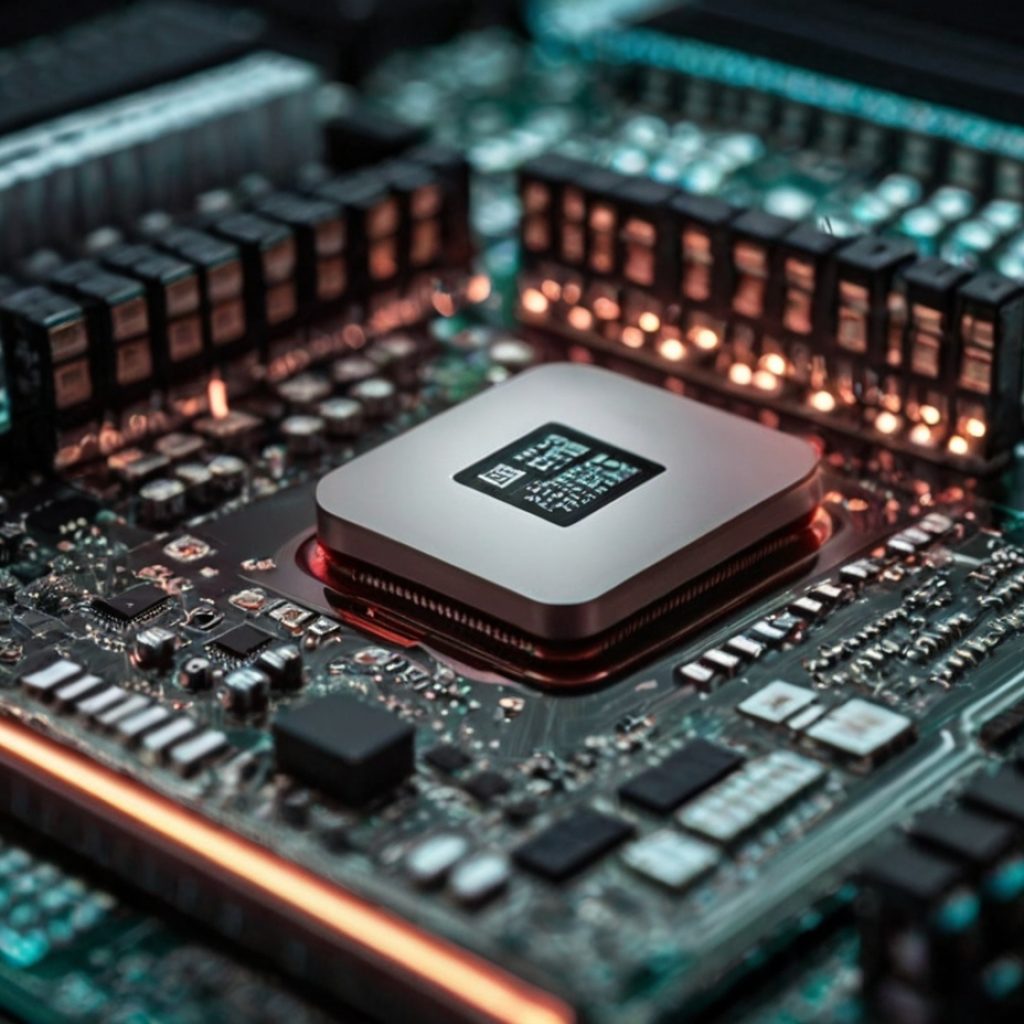In a bold prediction, experts in the field of sports analytics suggest that referees could potentially be replaced by artificial intelligence (AI) within the next three decades. While AI has already made its mark in officiating through technologies like VAR (Video Assistant Referee) and goalline technology, its role is expected to expand in the future significantly. The growing availability of high-quality data and advancements in computer vision is poised to revolutionize how matches are officiated, with AI-powered machines potentially taking over from on-field human referees.
The rise of AI in officiating
Aldo Comi, the CEO of Soccerment, a leading global football analytics provider, envisions a future where AI plays a central role in refereeing decisions. Comi highlights the increasing effectiveness of computer vision and the growing number of cameras on the pitch as key factors driving this transformation. As the amount of tagged data increases and models are trained with higher-quality data, AI models could be developed to make refereeing decisions based on real-time analysis of on-pitch actions.
Comi suggests that the transition may occur in phases. Initially, linesmen might be replaced, with the referee connected to a virtual assistant to aid decision-making. Over time, AI’s predictive analytics could become integral to the referee’s role, providing insights and suggestions for improving game flow and fairness.
The impact beyond refereeing
The influence of AI and machine learning is not limited to officiating; it is already reshaping various aspects of football. Data analytics have enabled clubs like Brighton and Brentford to identify high-quality signings, leading to significant profits from player transfers. Data integration could extend to managers using virtual coaches to assist with team selection and tactics.
Comi emphasizes that AI has the potential to revolutionize strategic thinking in football. By analyzing high-quality data, AI could provide a virtual assistant that predicts future game developments and offers suggestions to optimize team performance. The assistant coach would filter AI suggestions before passing them on to the manager, enabling a collaborative approach that enhances decision-making.
The path to trusting AI
While the potential benefits of AI in football are substantial, building trust in AI-driven decisions remains a challenge. Like data analytics, stakeholders will need time to embrace AI’s capabilities fully. Comi draws parallels with positive cases of data analytics yielding superior outcomes, such as the success of clubs like Brentford and Brighton. AI’s advantage could be even more pronounced than traditional data analytics.
A new era of data insights
Soccerment’s new platform, xvalue.ai, underscores the evolving landscape of football analytics. This platform introduces novel metrics like Gegenpressing Intensity (GPI), Expected Offensive Value Added (xOVA), Gegenpressing Efficiency (GPE), and BuildUp Disruption Percentage (BDP%). These metrics give users unprecedented data insights, enabling clubs to make informed decisions and gain a competitive edge.
The vision of AI replacing referees within 30 years signals a profound transformation in sports officiating. As AI’s capabilities grow and the integration of data analytics expands, football could witness an era where AI-driven decisions enhance fairness, accuracy, and strategic thinking. While trust in AI will be gradual, the potential rewards for clubs that embrace this technological evolution could be game-changing.
About Soccerment’s new platform
Soccerment’s newly launched platform, xvalue.ai, introduces cutting-edge metrics to football analytics. These metrics include Gegenpressing Intensity (GPI), Expected Offensive Value Added (xOVA), Gegenpressing Efficiency (GPE), and BuildUp Disruption Percentage (BDP%). These metrics offer teams a deeper understanding of player performance and game dynamics, empowering them to make data-driven decisions and elevate their competitive edge in the sport.





